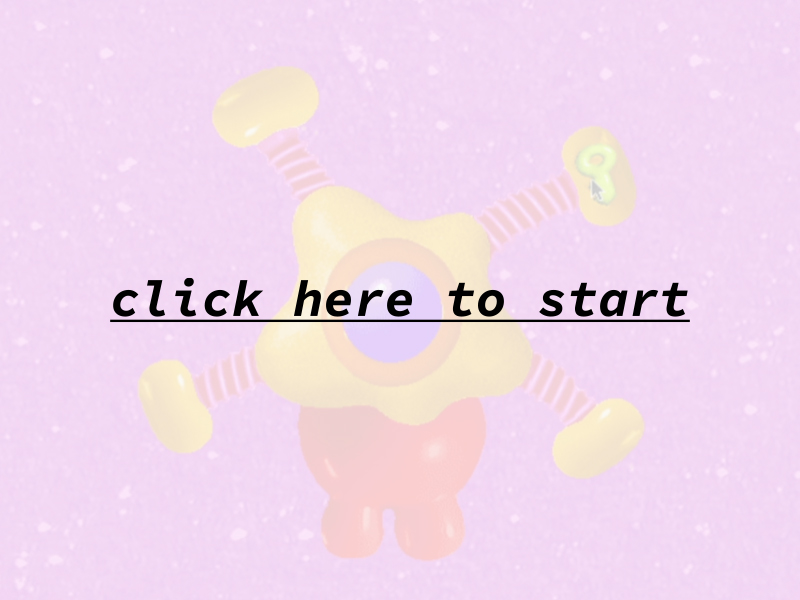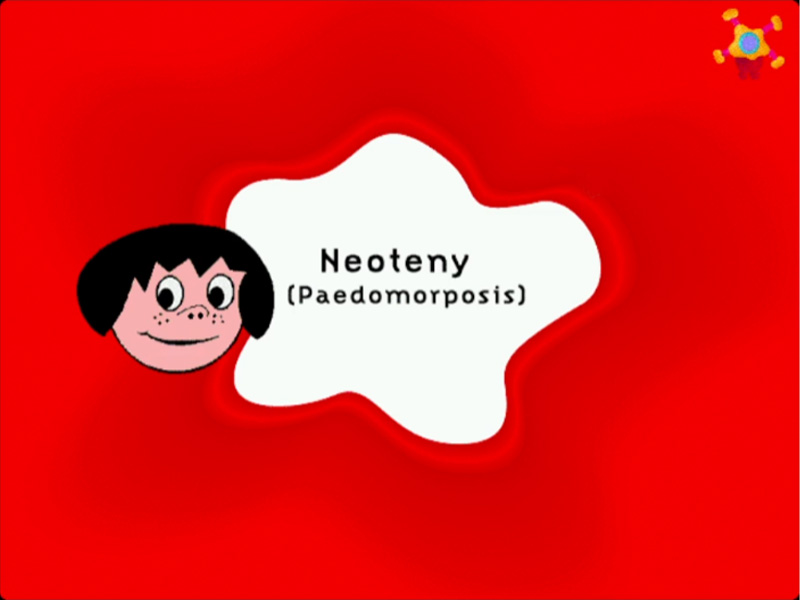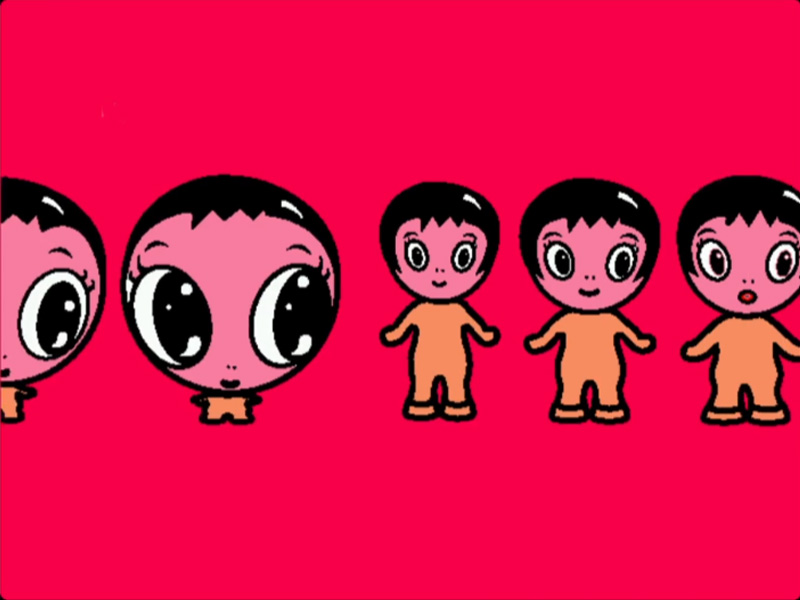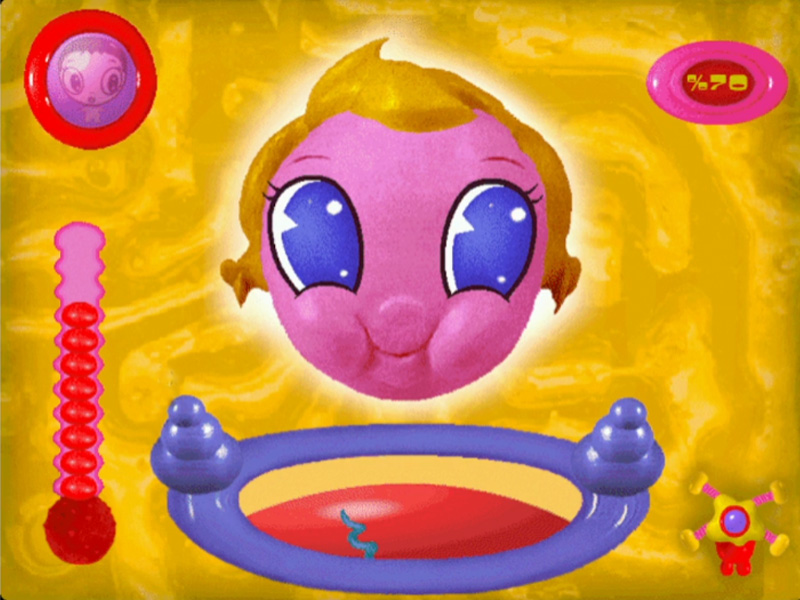The Cute Machine


Cleland, Kathy. 1996. ‘Australian Women Artists and New Media Technologies’. MESH: Film/Video/Multimedia/Art, Fifth Experimenta Media Arts FestivalIssue.10: 28-31.
Stuckey, Helen. 1996. ‘Martine Corompt’s Cute Machines’. MESH:Film/Video/Multimedia/Art, Fifth Experimenta Media Arts Festival Issue. 10: 44-45.
Tofts, Darren. 2005. Interzone: Media Arts in Australia. Fishermens Bend: Craftsman House.
Corompt, Martine, 2001, Statement in ‘Working the Screen: Under_Score’. Annual Survey of New Media Art. RealTime. Oct-Nov. 45. https://www.realtime.org.au/under_score/


